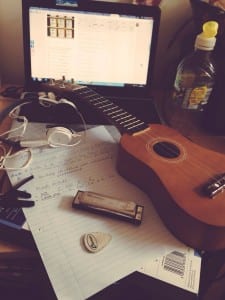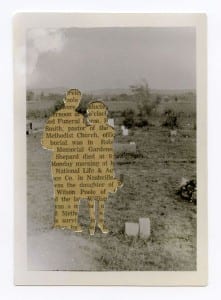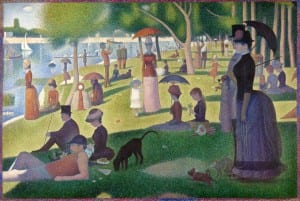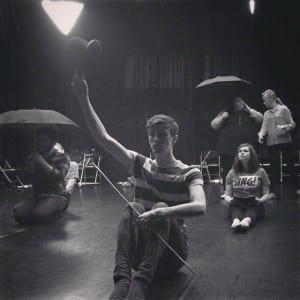We did it! After months of researching, planning, workshop-ing, devising, singing, dancing, aching… When You See It finally made it to the LPAC stage! As I write this now, 3 days after the show, I am still finding it hard to come back down from the insane high I got from performing as Refract Theatre Company!
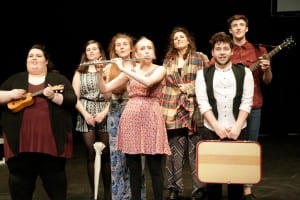
Leaving the stage, I felt the show went really well but the response from our audience was more than incredible. I had spent all day worrying about the physical movement, placement of props and live music whilst going over notes from previous feedbacks; we had created hype about the show and I just wanted all our hard work to shine!
I was mostly scared about the live music. Before the performance, I had never played the ukulele for an audience, making me less than confident about playing live (especially alongside performers who are able to play other instruments very well). But as soon as I was sat in front of that microphone, there was no going back.
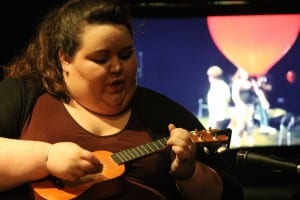
The whole performance had a sense of ‘no going back’ as all performers were on stage for the whole show; something which I have never experienced as a performer before. Not leaving the stage for the entirety of the show meant we had to be fully engaged in all the action, a tiring experience but one which gave us no opportunity to drop character or become nervous.
I would love nothing more than to continue as Refract Theatre Company, it was an absolute honour to work with such a talented and dedicated team to create a piece which I am utterly proud of. I have pushed myself to the extreme throughout the process of this show, especially in regards to dance and physical theatre elements (something which I NEVER thought I would be able to do, never mind enjoy!) It has been one of the most difficult yet rewarding experiences I have ever been through; a process full of memories, singing, connecting, learning and laughing. A process I would go through 100x again.
(Flipgram Video, Samantha Milne (2015)
